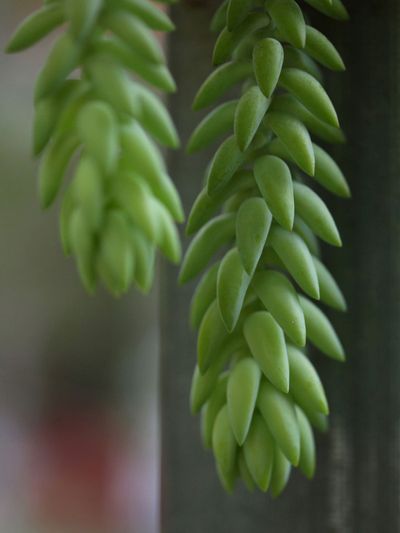Low Light Indoor Succulents
Indoor plants are often in low light situations. If you love succulents, finding species that tolerate such conditions takes a little hunting. Succulents for low light are often epiphytic, but not always. Keep in mind that any plant needs solar rays for photosynthesis, so there are no succulents for dark rooms without windows. The plant needs at least a few hours every day of sun. If you are a collector of succulents, you will soon realize that every windowsill and bright space in the house has slowly become colonized with the plants. Yet, there are still more species you are dying to own. So, what do you do? Start choosing plants that can tolerate dimmer conditions or get grow lights. Succulent houseplants of certain varieties can do quite well with just a few hours of light. These low light indoor succulents come in a variety of sizes, forms, and hues and will perform just as well as their sun loving counterparts in dimmer situations.
Varieties of Succulents for Low Light
If you want some hanging succulents, you might try burro’s tail, string of pearls, rope hoya, or string of hearts. They will grow slowly but steadily and become lively, dangling plants. For larger plants that will really make impact, there are snake plant and jade plant. Anything taller is not usually shade tolerant. There are many small to medium sized succulent houseplants that thrive in low light. Christmas or Easter cacti, ponytail palm, and aloe are all medium sized with unique forms. The little guys include:
Zebra CactusBear PawsMistletoe CactusPanda PlantOx Tongue
Caring for Low Light Succulents
As with any succulent, make sure the potting soil is well draining with a good bit of grit incorporated. A succulent or cacti mix will be perfect. Plants in lower light spaces do not dry out as quickly as those in full sun. Be careful not to overwater. A moisture meter is helpful or sink your finger in the soil up to the second knuckle. If soil is dry, water. Don’t let plants stand in water as this could cause root rot. Reduce watering by half in winter. Turn your plant often, as it will develop leggy and lopsided growth as it stretches towards any light. Feed indoor succulents once annually in the spring. With careful selection and care, your low light succulent should perform as well as, or better, than your sunny specimens.
